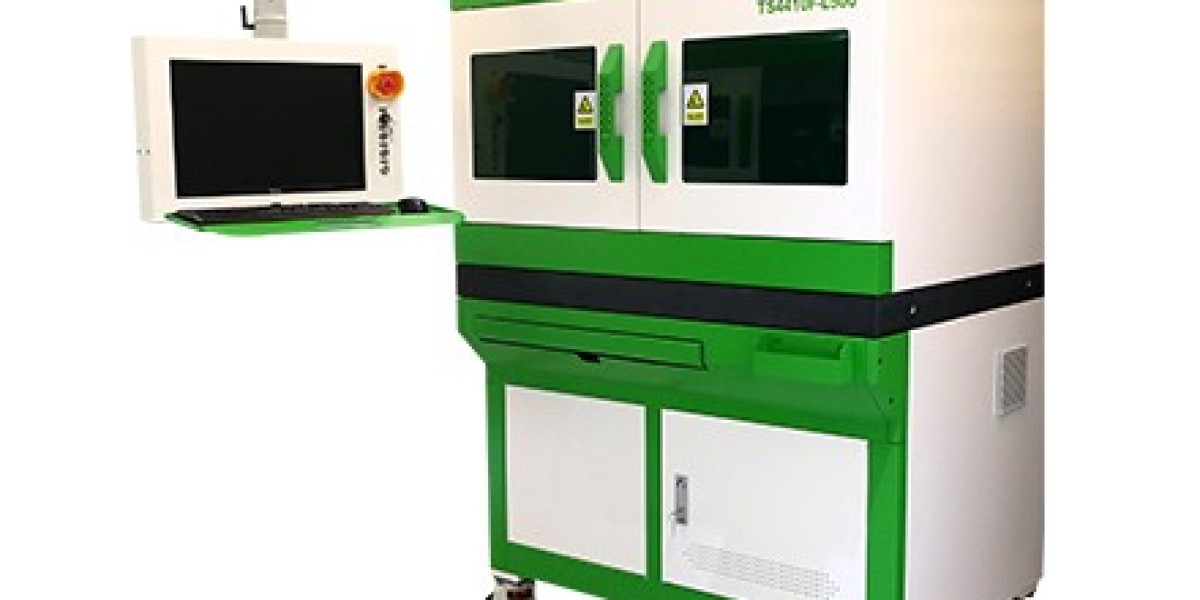In the world of modern electronics, precision and reliability are everything. From aerospace to medical devices, even the slightest deviation in resistance value can lead to critical failures. That's where the laser trimming machine plays a key role. This high-tech equipment enables manufacturers to fine-tune laser trimming resistors on thick film substrates with unmatched precision and repeatability.
What Is a Laser Trimming Machine?
A laser trimming machine is a specialized tool designed to adjust the resistance value of a resistor by using a finely focused laser beam. This non-contact, computer-controlled process removes tiny amounts of resistive material from a thick film layer, achieving exact specifications.
Whether trimming individual resistors or large resistor arrays, laser trimming machines deliver:
High-speed processing
Micron-level accuracy
Consistent performance
Minimal thermal damage
Why Laser Trimming Resistors Is Critical in Circuit Design
Laser trimming resistors are vital in precision analog circuits, such as operational amplifiers, A/D converters, and sensor systems. Standard deposition methods often result in small deviations in resistance values. Laser trimming compensates for these variations, ensuring:
Precise voltage/current control
Balanced circuit behavior
Reduced signal drift and noise
In applications such as automotive electronics and medical instruments, this level of accuracy isn’t optional—it’s mandatory.
The Role of Thick Film Substrates
Thick film technology is widely used for manufacturing hybrid circuits, thanks to its durability, cost-effectiveness, and miniaturization potential. The resistive materials in thick film circuits are screen-printed and fired onto ceramic substrates, creating robust and compact electronic components.
Laser trimming machines are especially suited for trimming thick film resistors due to:
High compatibility with ceramic and glass materials
Ability to maintain structural integrity of the substrate
Support for both passive and active trimming modes
Types of Laser Trimming Cuts
There are several trimming strategies used depending on the resistor design and required final value:
| Trimming Style | Description |
|---|---|
| L-Cut | Common for linear adjustments |
| Pi-Cut | Offers precise fine-tuning after initial trim |
| Serpentine Cut | Used for high-resistance applications |
| Box Cut | Ideal for large value adjustments |
Each of these methods is executed by the laser trimming machine under real-time feedback control to meet tight resistance tolerances.
Applications Across Industries
Laser trimming resistors on thick film substrates are used in:
Automotive ECUs: Trimming ensures accurate sensor readings and system stability.
Medical Devices: Life-critical monitors and diagnostic tools require exact resistor values.
Aerospace Systems: Precision circuits withstand temperature changes and high vibrations.
Test and Measurement Equipment: Calibrated readings depend on stable resistor networks.
The Future of Laser Trimming Technology
As circuits become more compact and multifunctional, the demand for laser trimming machines is rising. Newer systems now offer:
Closed-loop feedback with real-time resistance measurement
Automated vision alignment for small-format substrates
Multi-channel trimming capabilities for hybrid boards
The combination of laser trimming and thick film technology remains essential for producing next-generation electronics.






